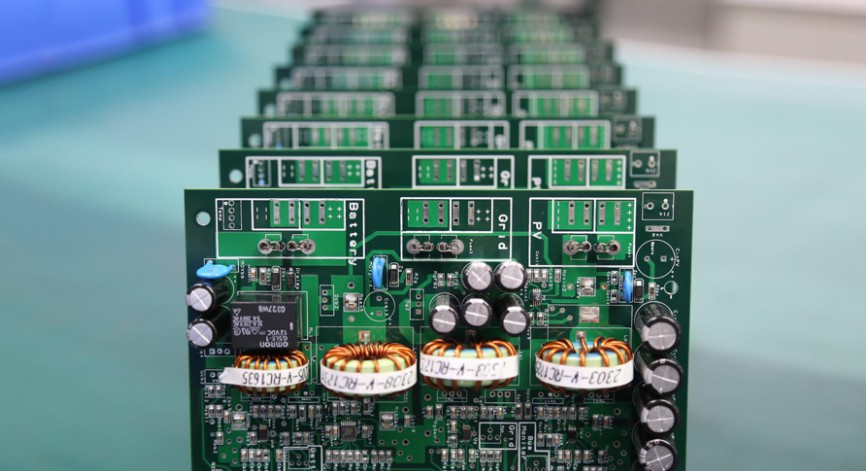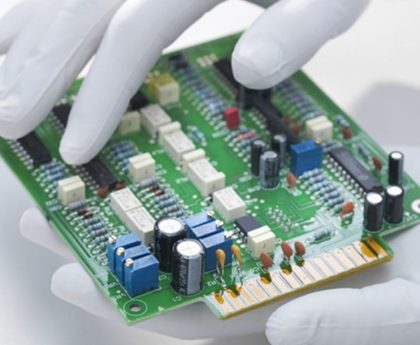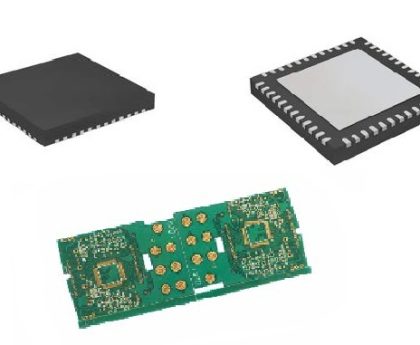One thing to be clear first is that crystal oscillators are divided into two categories: passive crystal oscillators and active crystal oscillators. Based on the differences in the internal structure and working principles of these two types of crystal oscillators, the situation pcba of crystal oscillators being burned out should also be divided into two categories.

The passive crystal oscillator is burned out in the following two ways:
1. Improper manual welding operation
If the guide pin is heated at high temperature or for a long time, it can lead to damage to the silver plating layer on the wafer inside the crystal oscillator, excessive resistance, and other issues, causing the crystal oscillator to not vibrate.
2. Excessive excitation power
According to the different application fields, selecting a crystal oscillator with appropriate excitation power should not arbitrarily change the magnitude of the excitation power input to the crystal oscillator just to change the output frequency of the crystal oscillator. Because excessive excitation power provided by the circuit may cause the amplitude of the quartz wafer to increase, excessive heat generation may cause the temperature of the vibration area of the quartz wafer to increase. The quartz wafer itself produces a gradient temperature rise that directly destroys frequency stability.
Due to the extent of mechanical deformation of the wafer, it may exceed the elastic limit, causing irrecoverable displacement of the lattice, resulting in permanent frequency deviation of the crystal oscillator output frequency. In more serious cases, the quartz wafer is broken, causing the crystal oscillator to completely fail to vibrate (stop vibrating), which is known as “burning out”. Causes the equivalent resistance to increase (Note: Generally, the resistance value of the crystal oscillator is 10~100 Ω), affecting the crystal oscillator’s vibration initiation, and in serious cases, causing the crystal oscillator to stop vibrating. Excessive excitation power may also lead to damage to the conductive adhesive that secures the wafer and base, such as breakage, resulting in an open circuit in the internal circuit of the crystal oscillator and a shutdown of the crystal oscillator.
In the circuit application of passive crystal oscillators, the voltage applied to both ends of the crystal oscillator is very low, so it is rare for the passive crystal oscillator to be burned out. However, such accidents often occur in the improper application of active crystal oscillators, which requires special attention.
The case of active crystal oscillator being burnt out is also divided into the following two points:
1. The voltage input is connected in the wrong direction
The usual usage of quartz crystal oscillators is: one pin is suspended, two pins are grounded, three pins are connected to the output, and four pins are connected to the voltage.
Correct voltage connection: The voltage input must be connected to the voltage input pin (VCC) of the crystal oscillator. If wrongly connected to the grounding pin, the crystal oscillator will be “burned out” by the current.
2. Wrong input voltage parameter selection
General input voltage: 1.8V, 2.8V, 3.3V, 5V. If 5V is supplied to an active crystal oscillator with a rated voltage of 1.8V, there is a high risk that the crystal oscillator will be burnt out.
Special reminder for active crystal oscillators: pcba Active crystal oscillators will only be broken down when overloaded high-voltage power is input. Do not connect the input voltage incorrectly or inversely.





